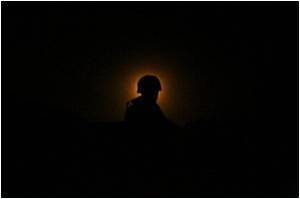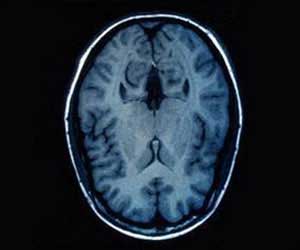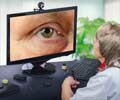According to the report, vision problems are similar for military and civilian patients with TBI, and are common even after relatively mild brain injury.

"Comprehensive eye examinations are recommended following even mild traumatic brain injury," comments Anthony Adams, OD, PhD, Editor-in-Chief of Optometry and Vision Science.
High Rate of Vision Problems in after TBI…The researchers analyzed rates and types of vision problems in 50 Iraq and Afghanistan War veterans with blast-related TBI. Blast-related TBI is a unique type of injury, with brain trauma caused by proximity to a blast or explosion, such as from an improvised explosive device. "There is understandably a great deal of interest in the impact of war injuries on veterans and the eyes are among the most impacted of injuries to the body," says Dr Adams.
The findings were compared to those of 50 patients, mainly civilians, with non-blast-related TBI—most commonly occurring in motor vehicle crashes. (About one-third of the veterans with blast-related TBI also had direct head trauma, caused by events surrounding the blast.)
The results showed high rates of vision problems in both groups. More than 65 percent had vision-related symptoms, including difficulty reading in about half of patients. Patients with blast-related TBI were more likely to complain of light sensitivity—67 versus 77 percent.
On examination, patients with non-blast-related TBI were more likely to have problems related to eye movement (saccadic dysfunction)—85 versus 58 percent. Other types of problems were similar between groups, including blurred vision caused by focusing problems (accommodative dysfunction) and problems moving the eyes together to focus on near objects (convergence insufficiency). Visual field defects (blind spots) were less common.
Advertisement
…With Similar Rates Regardless of TBI Cause or Severity Traumatic brain injury is a common problem, affecting an average of 1.7 million Americans each year. "TBI can take place in any setting and can happen to anyone," according to Dr Goodrich and coauthors. Visual problems, especially oculomotor (eye movement) difficulties, are common after TBI. The new study is one of the first to examine the rates and types of visual problems among military personnel with blast-related TBI.
Advertisement
Dr Goodrich and colleagues call for further studies to understand "the pathophysiologic and neurologic changes that occur in all types of acquired brain injury." Meanwhile, considering the high rates of vision problems after even mild TBI, they conclude, " a comprehensive vision examination should be conducted following brain injury, regardless of injury type or severity."
Source-Eurekalert















